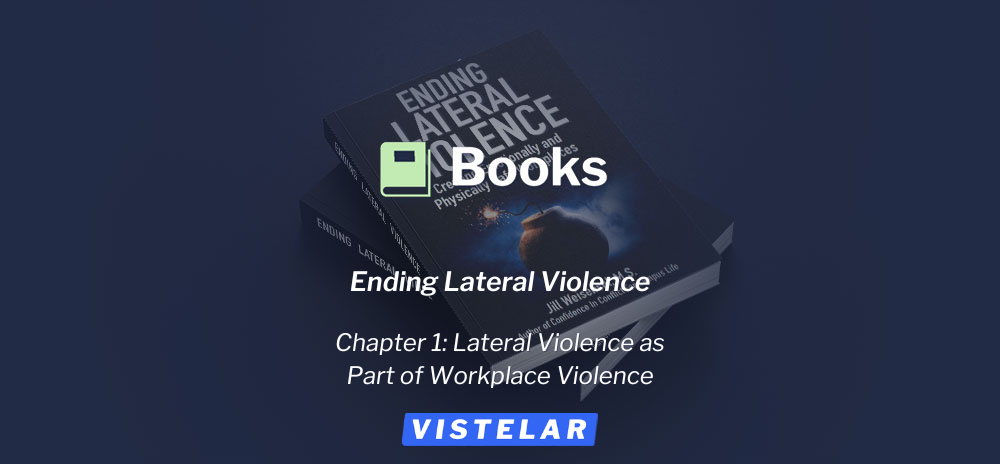Posts about Workplace Violence (2)
Gateway Behaviors Are Like Gateway Drugs
When I was in junior high school, we used to have to watch those corny “gateway drug” educational films. Do you remember those?
They followed a similar plot: Some clean-cut teenage boy would steal a beer from the family fridge; next we see him bowing to peer-pressure and puffing on a joint; soon he’s snorting cocaine at a wild party. Finally, he’s shooting heroin in some rat-infested alley....
Creating An Environment Incompatible with Violence - Book Excerpt
Enjoy this excerpt from one of our published books.
Chapter 3
Creating an environment that is incompatible with emotional and physical violence
“Act as if what you do makes a difference. It does.”– William James, philosopher and father of American psychology
In an analysis of 1.4 million Glassdoor reviews about company culture from people who have left their jobs, researchers Charlie and...
Understanding Workplace Violence on a Deeper Level - Book Excerpt
Enjoy this excerpt from one of our published books.
Chapter 2
Understanding Workplace violence on a deeper level
No one wants to recognize (or admit) that they are a victim (of anything), so we often fail to identify certain behaviors as victimizing. But no matter how we personally understand and define lateral violence, bullying, abuse, discrimination, or harassment, it is time to expand...
Lateral Violence as Part of Workplace Violence - Book Excerpt
Enjoy this excerpt from one of our published books.
The Embattled Social Contract of Medicine
There is no denying it; hospitals can be difficult places to work. No matter which profession you’re in, from hospital security to nursing, the hours are long, and weekends and holidays are just another day at work. Moreover, with nursing shortages, an aging demographic, dwindling psychiatric care resources, and other factors creating increasing demands on healthcare providers from all sides, the...
First Responder Philosophy: Responding to Institutional Emergencies
During the class, the instructors learned how to respond to institutional emergencies that include disturbance emergencies, medical emergencies, fire emergencies, and miscellaneous emergencies such as weather...
Even in a Dark Alley, You’re Safe with Us
When we think of basic human needs, hierarchies often come to mind. What is it that people need and how are those needs related to human behavior? That’s the question that human services professionals often ask, and the one de-escalation trainers need to answer. Years ago, I learned through several personal and professional experiences that people act-out for reasons, not because of diagnoses. It...
Causes Of Emotional and Physical Violence
If you have been following this blog, you are probably quite familiar with Vistelar’s structured methodology for effectively managing conflict so it doesn’t escalate to emotional or physical violence.
What you may not be familiar with is our explanation of the causes of conflict that’s the basis for the non-escalation, de-escalation, and crisis management tactics we teach.
Background
The...
Interpersonal Relations - The Core Training to Provide to Employees
In a previous article, I made a case for there being just two attributes that drive the success of any organization — innovation and customer service. Then, in that article, I described how to improve customer service by providing a form of training that’s usually reserved for police and corrections officers.












